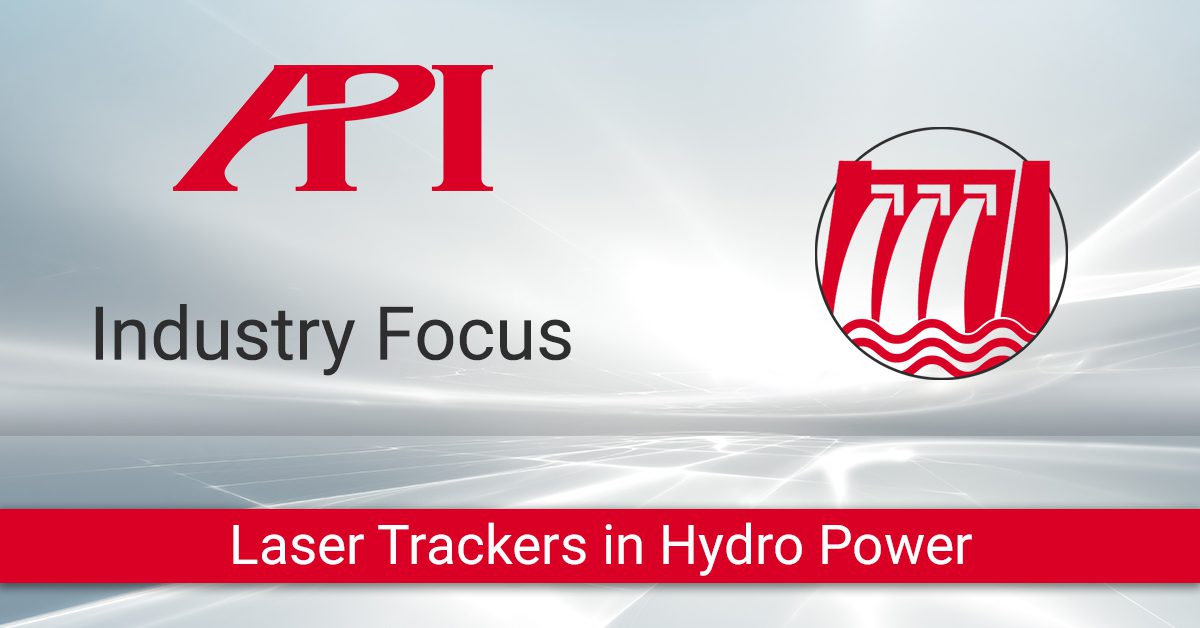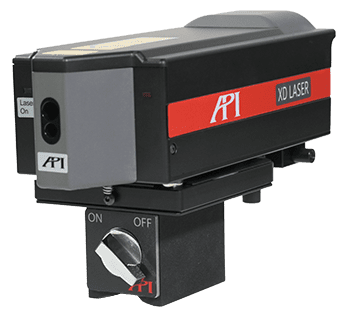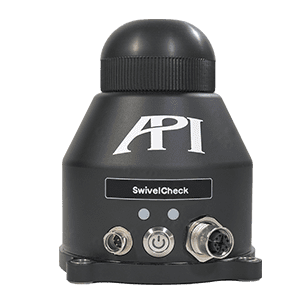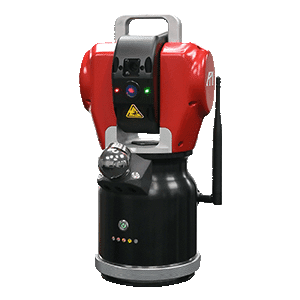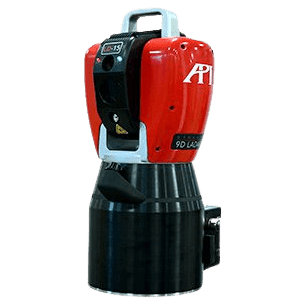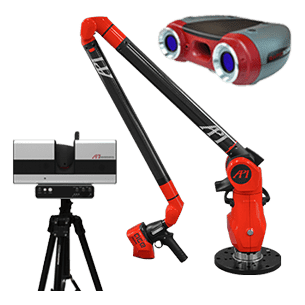Hydropower is one of the world’s oldest energy sources, as civilizations used the power of water currents for centuries before humans discovered electricity. After that discovery, hydropower became one of the earliest sources of electricity, with the first water turbine being developed in the late 1800s. And while its development was quickly outpaced by fossil fuels, hydropower production has grown steadily over the last 140 years. In 2019, the hydropower industry was valued at more than $200 Billion USD, with expectations that the number would grow to over $300 Billion in the next five years.
Hydropower is a clean energy, renewable, non-polluting, and conducive to improving resource utilization. As more countries and companies look to diversify into renewable sources of energy to meet ever-increasing demands for electricity, the 140-year base of knowledge, infrastructure, and technological innovation has allowed the hydropower industry to expand to meet this demand.
This rapid development and continuous growth of the industry inevitably creates higher requirements for manufacturing, installation, debugging and other standards of hydropower projects, and the measurement and inspection work in these processes needs to be more rigorous and efficient to meet tighter tolerances more efficiently. Laser Trackers, with their portable measurements at CMM-level accuracy, have become essential to capture this volume of measurement both in machining facilities and at on-site installations. Below are some of the most important applications of the hydropower industry that Laser Trackers are able to support.


Rotor Verification, Assembly, and Alignment
There are multiple in-field measurements that must be taken during maintenance or installation on a rotor to ensure performance. The roundness of the rotor needs to be measured; generally, the tolerance of the outer diameter of the rotor of a large hydro-generator is generally about 1mm to ensure roundness and coaxiality, which in turn ensures uniformity of the gap with the stator, and that the height of the magnetic pole center is consistent with the height of the stator center.
Before Laser Trackers, traditional measuring instruments and tools such as measuring circle frames, levels, centering devices, inner or outer diameter micrometers, dial indicators, vernier calipers, etc., were needed to obtain the measurement results, and their incremental measurements were gradually calculated to obtain the final dimensions of the rotor. As a result, a there was significant potential for accumulated error, resulting in a decrease in measurement accuracy and reliability.
For example: the traditional rotor circle measurement process was cumbersome for adjusting the concentricity of the rotor. It was necessary to set up a centering device and repeat the measurement and calibration with a piano wire. After finding the center of the rotor center body, the circle measuring device and the rotor center could be adjusted. This was a time-consuming and labor-intensive process that has been made faster, more accurate, and easier to perform with the use of a Laser Tracker.
Flush and Gap
During the operation of the rotor of a large hydro-generator, the gap between the rotor and the stator is very small, generally only 8-40mm, and the main shaft of the generator must drive the rotor, the main shaft of the water turbine, and the runner together at hundreds to thousands of rotations per minute. At these speeds, with a general weight of the entire unit being more than 10 tons, if the outer roundness of the rotor does not meet the requirements, the gap with the stator will be uneven, which will cause a lot of vibration during the rotation of the unit.
This vibration affects the power generation of the unit. If the magnetic pole center height is inconsistent with the stator center height, it will also affect the power generation of the unit; therefore, it is very important to control the roundness, coaxiality, and center height errors by keeping the rotor’s outer circle within tolerance and aligned to the stator.
Other Applications
Laser Trackers are used for several other measurement applications during machining, assembly, installation, and maintenance of hydropower stations, for all of the same reasons as discussed above. These measurements include:
- Detecting parameters such as the cylindricity and diameter of the rotor
- Detecting parameters such as the cylindricity and diameter of the stator
- Detecting the coaxiality of related parts and guiding installation and adjustment
- Detecting related dimensions such as roundness and cylindricity of the workpiece
- Other high-precision measurements and adjustment guidance related to geometric or spatial position on the production line
API’s Radian Laser Trackers are the smallest, lightest, most accurate Laser Trackers available, and with large-scale measuring range, they are well-suited to the measurement and inspection requirements at every stage of hydropower production.
Radian Laser Tracker have micron-level accuracy, a measurement radius of more than 80 meters, and a large measurement angle range. Their compact design can be mounted at any measurement position. And the Radian Plus and Core models feature battery power and wireless operation, for completely portable measurements anywhere on the production floor or installation site. Fill out the form below to schedule your Radian demo today:
Sources:
https://www.alliedmarketresearch.com/hydropower-generation-market-A09456
https://www.nationalgeographic.com/environment/article/hydropower



